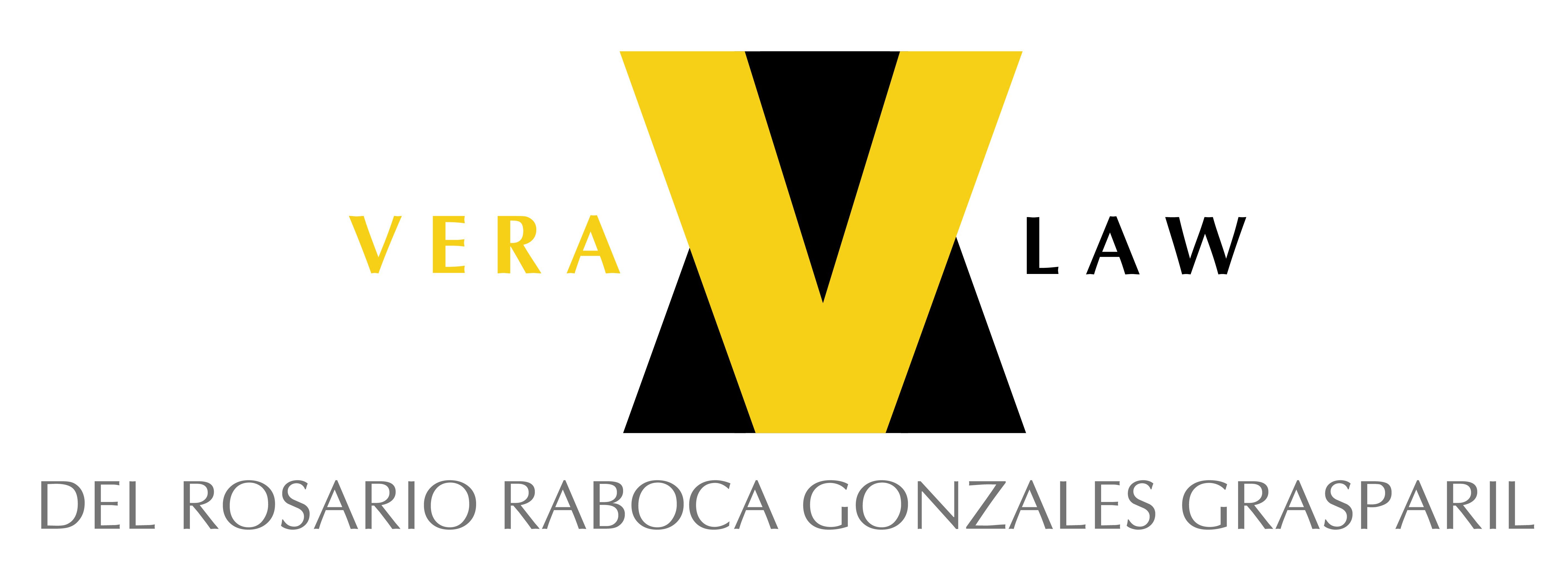Maintaining a trademark is a crucial aspect of preserving brand identity and protecting intellectual property rights. To retain these exclusive rights, trademark owners must actively use their marks. The maintenance of a trademark involves periodic submissions of proof of use, affirming that the mark is still in use as registered.
The Intellectual Property Office of the Philippines requires the submission of a Declaration of Use to maintain the registration of a trademark. Owners of registered trademarks are to submit a Declaration of Actual Use (DAU) within three (3) years from the filing date, within one (1) year from the fifth anniversary of the registration, within one (1) year from the date of renewal, and within one (1) year from the fifth anniversary of each renewal. The DAU serves as tangible evidence that demonstrates how the trademark is being utilized in commerce.
What constitutes as “use” of the trademark? There is no standard definition on what constitutes as evidence of use; however, the Court in W Land Holdings, Inc., v. Starwood Hotels and Resorts Worldwide, Inc. defines the use required by law to be “genuine and that it results in a commercial transaction or transaction in the ordinary course of trade.”
Under Rule 209 of the IPOPHL’s Memorandum Circular No. 2023-001, registrants do not need to provide evidence of use for each of the registered goods and/or services as “actual use for some of the goods and/or services in the same class shall constitute use for the entire class of goods and services.”((IPOPHL Memo. Circ. No. 1, s. 2023 § 209.)) To illustrate, for a trademark registered for facial care preparations, cosmetics, body lotions, deodorant, bath salts, soaps, essential oils, and perfumery based on Class 3 of the International Classification of Goods and Services (also known as the “NICE Classification”), it would be sufficient proof of use for the entire Class 3 to submit a photograph of a body lotion bearing the registered mark.
As guidance to the trademark owners, Rule 210 of the same circular enumerates the acceptable evidence of actual use, which are the following:
1.Downloaded pages from the website clearly showing that the goods are being sold or the services are being rendered or made available in the Philippines;
2.Photographs (including digital photographs printed on ordinary paper) of the following:
a. Labels or packaging bearing the mark as actually used on the goods;
b. The stamped or marked container of goods; or
c. Signages bearing the mark on the façade or any area in the establishment/s where the mark is displayed.
3. Brochures or advertising materials showing the actual use of the mark on the goods being sold or services being rendered in the Philippines;
4. Receipts or invoices of sale of the goods or services rendered or other similar evidence of use, showing that the goods are placed on the market or the services are available in the Philippines;
5. Copies of contracts for services showing the use of the mark; or
6. Such other evidence of similar nature that the Director may determine as acceptable.
Trademark ownership and its maintenance are feasible even without local presence in the Philippines. In W Land Holdings, Inc., v. Starwood Hotels and Resorts Worldwide, Inc., the Court ruled that the actual existence of a building in the Philippines is not necessary as services through websites, such as hotel booking, and for online sale, receipts of sale of the goods or services rendered are enough as evidence of use as long as it shows that there is a transaction taking place in the Philippines or there is intention to include Philippine customers in their target market.
Submission of evidence of use provides solution on the issue of trademark squatting, which occurs when a party registers another’s trademark as their own in a jurisdiction where the original trademark owner has yet to register, in order to gain benefits from the original marks or real trademark owners. Evidence of use is also significant as “prior use may still be considered in determining the existence of bad faith and the registrability of trademark applications” as ruled in the recent case of Zulueta v. Cyma Greek Taverna Co. With this, the IPO ensures great protection for the true owners of marks while ascertaining a smooth and accessible system of filing.

